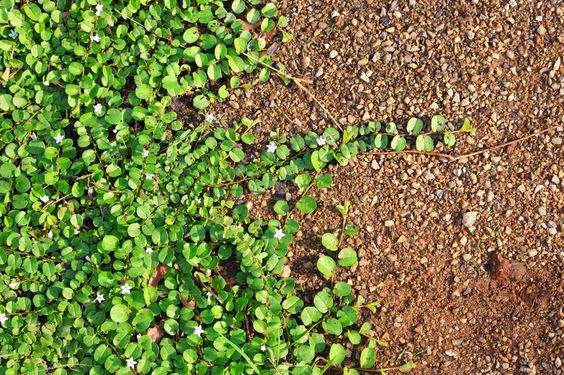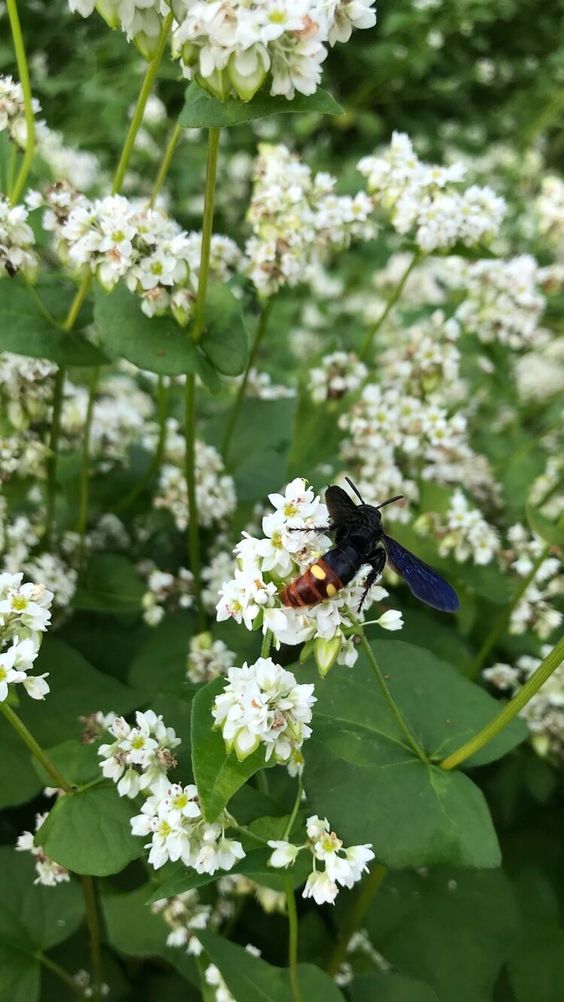Green fertilizers, also known as cover crops or green manure, are a sustainable and eco-friendly solution to enhance soil fertility and overall garden health. These natural soil amendments provide numerous benefits and play a vital role in sustainable gardening practices.
Credit: https://www.onegreenplanet.org/
What is a Green Fertilizer?
Green fertilizers are crops that you sow and grow in your garden primarily for the purpose of improving soil quality, rather than harvesting them for food. They are typically grown during the off-season or between main crops, enriching the soil with nutrients, organic matter, and various other advantages.
Uses of Green Fertilizers in Your Garden:
-
Soil Enrichment: Green fertilizers act as a natural source of nutrients like nitrogen, phosphorus, and potassium. When these plants decompose, they release these essential nutrients, enriching the soil and making it more fertile.
-
Weed Suppression: Dense green fertilizer cover crops shade out weeds, reducing the need for manual weeding or chemical herbicides. This helps maintain a weed-free garden environment.
-
Erosion Prevention: The root systems of green fertilizers hold the soil in place, preventing erosion. This is especially important on sloped or exposed garden beds.
-
Improved Soil Structure: The organic matter from green fertilizers increases soil structure, making it more crumbly and easy to work with. This improves aeration and water retention.
-
Pest and Disease Management: Some green fertilizers, like marigolds and mustard, release natural compounds that deter pests and soil-borne diseases, reducing the need for chemical interventions.
-
Nutrient Cycling: Green fertilizers help in the efficient cycling of nutrients, reducing nutrient runoff and pollution in waterways.
-
Biodiversity Enhancement: These cover crops attract beneficial insects and pollinators, fostering biodiversity in your garden.
Popular Green Fertilizers:
- Legumes (e.g., clover, peas, and beans): Fix nitrogen from the atmosphere into the soil, benefiting future crops.
- Grasses (e.g., rye, oats, and barley): Excellent for erosion control and weed suppression.
- Mustard: Releases biofumigants that suppress soil-borne pathogens.
- Buckwheat: Grows rapidly, choking out weeds and attracting pollinators.
How to Use Green Fertilizers:
-
Choose the Right Crop: Select a green fertilizer that suits your garden’s needs and the local climate.
-
Plant and Grow: Sow the chosen cover crop following the instructions for spacing and care.
-
Timing Matters: Plant green fertilizers during the off-season or between main crop rotations.
-
Incorporate: At the right time, chop or mow down the cover crop and incorporate it into the soil. Allow it to decompose for several weeks before planting your main crops.
Credit: https://www.flourishflowerfarm.com/
In summary, green fertilizers are a valuable tool for sustainable gardening. They improve soil health, reduce the need for chemicals, and contribute to a thriving and eco-friendly garden. By integrating green fertilizers into your gardening practices, you can enjoy healthier crops and a more environmentally responsible approach to cultivation.

